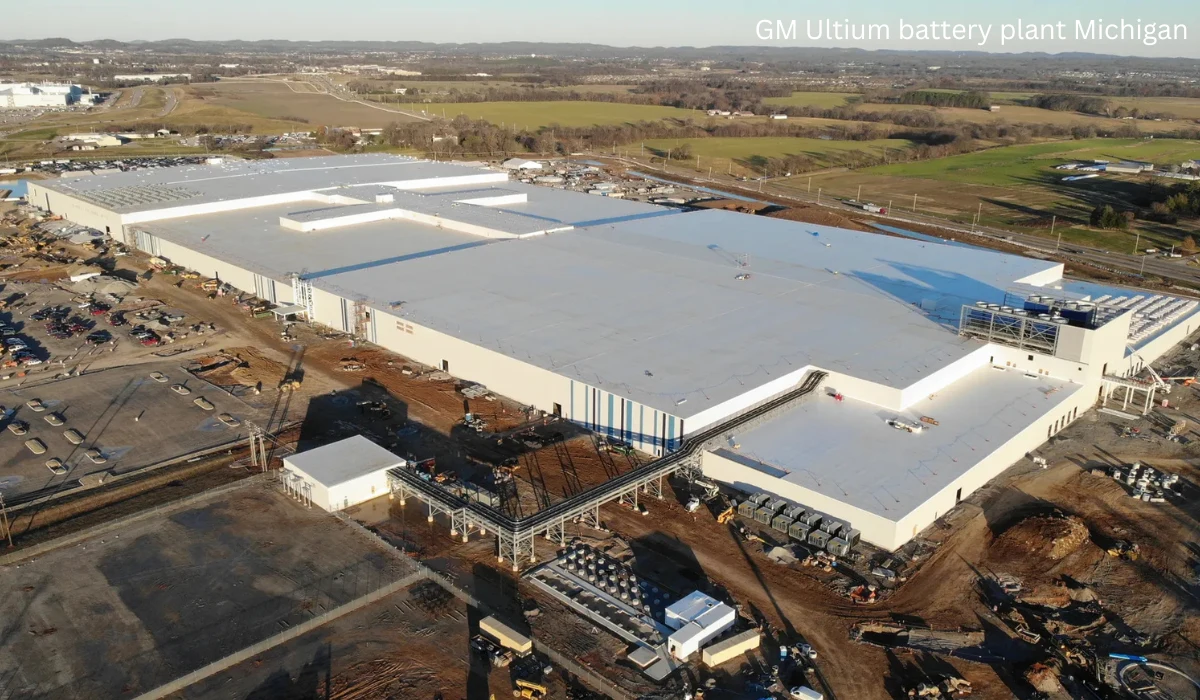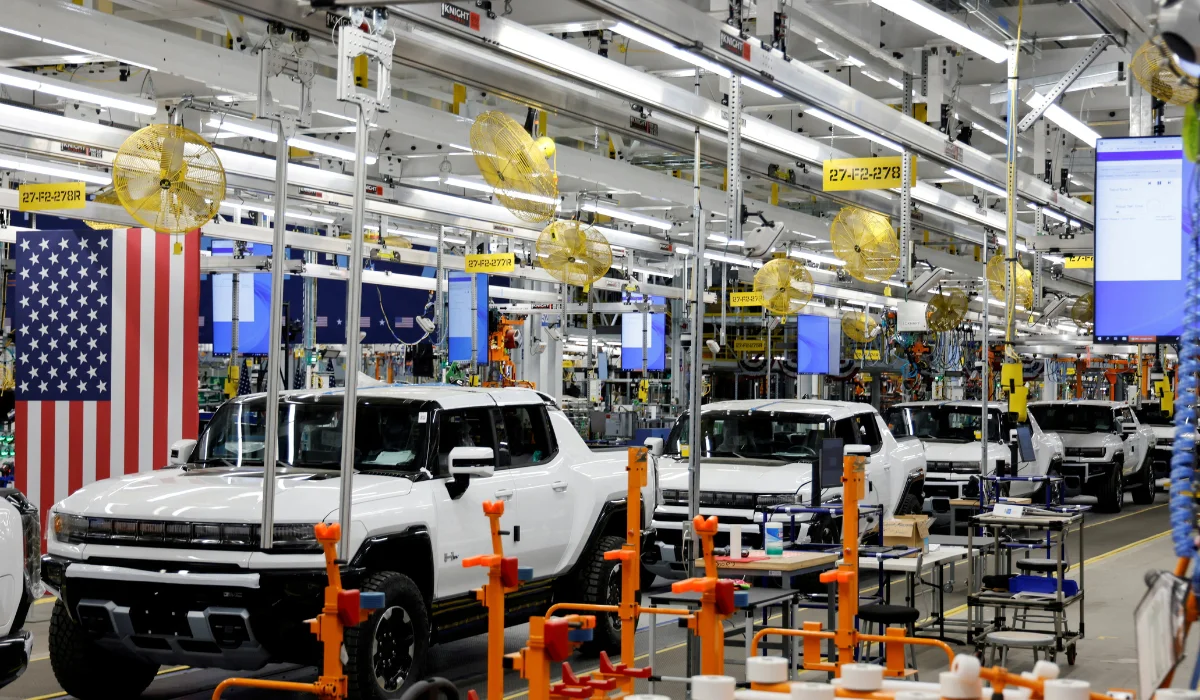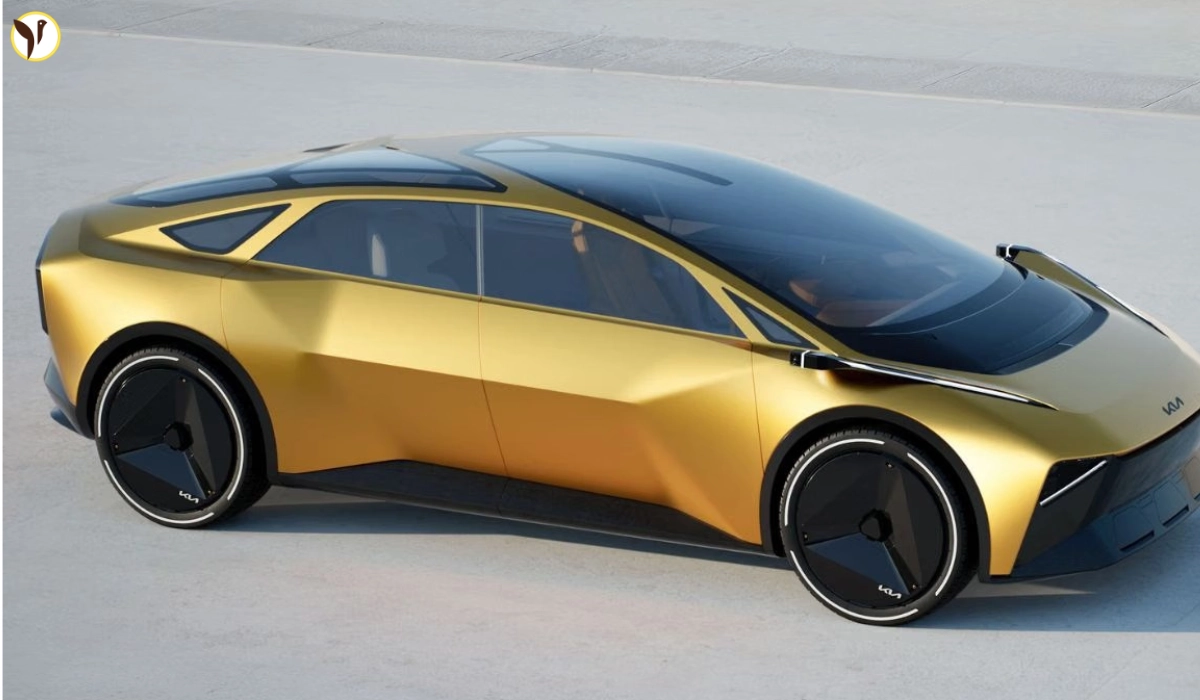General motors has announced an impairment charge of $1.6 billion related to idle EV production capacity and unused supplier agreements. This comes on the heels of U.S. tax policy changes that no longer support the $7,500 clean vehicle tax credit. The recent decision by the U.S. administration to relax emissions rules has further compounded the situation for GM's EV business. GM observes that some underutilized EV factories and tooling must be written down because there is no current demand for it.
GM reports that the charge includes approximately $1.2 billion related to capacity and about $400 million related to supplier contracts, which the company will be unable to execute under current market conditions. The stock slipped modestly after the announcement, as analysts warned that more potential impairments might follow as the strategy moves out of the traditional and into the new.

What’s Behind the Impairment & Why It Matters
- The cut to the U.S. tax credit removed a large incentive for many consumers who were considering an EV, weakening demand in the long term.
- GM assumed there would be tremendous uptake, which drove capacity; when that demand does not materialize, the respective factories or equipment when built and deployed become idle.
- The terminations or delayed contract also represent financial exposure to GM in the increasingly complicated world of EV supply chains.
- The impairment is a non-cash item which does not impact GM’s cash flow immediately, but it lowers book value and serves as a clear message of caution regarding EV expansion.
- The market responded without much reaction but with caution in that it understands the impairment is part of a natural transition towards arbitrary business plan in moving to an electric future.
GM’s Strategy Under Pressure
While GM will not abandon EVs associated with the reported impairment, it will likely slow or adjust some projects to these 'growing pain changes.’ Specific shift opportunities include:
- Focusing on growth in markets, or segments of markets, with more robust EV incentives (e.g., Europe, China)
- Shifting towards some combination of hybrid or plug-in hybrid units rather than battery units in select markets.
- Delaying or 'phasing in' some new factory capacity until demand is achieved.
- Reviewing supplier contracts including streamlining options with single suppliers where possible evaluating them on risk.
- Expanding the content around software, connected vehicle technology, and services as both growth opportunities and to meet margins.
This illustrates how much EV plans are at risk of current policy and incentive scenarios even at a generalized auto company.
Implications for the Auto Sector
- If EV capacity exceeds demand, other auto companies will be writing down capacity, too.
- Governments can also slow the electric transition, and impact all investment made if they ever removed or reduced incentives for EV's.
- GM's shift or recalibration may provide openings for competitors better situated within the new policy regimes.
- Long-term credibility to EV commitments is important — the automakers may have to sacrifice ambition for flexibility in a less certain policy environment.
NEWS: General Motors said today it would take a $1.6 billion charge in Q3 as it reshapes its electric vehicle strategy following the scrapping of a key federal incentive that is likely to dampen demand. pic.twitter.com/GM7D0QTJ8I
— Sawyer Merritt (@SawyerMerritt) October 14, 2025
While the auto world is stepping toward electrification, this episode reinforces that forward action must be adaptable to regulatory changes.
Also Read:










